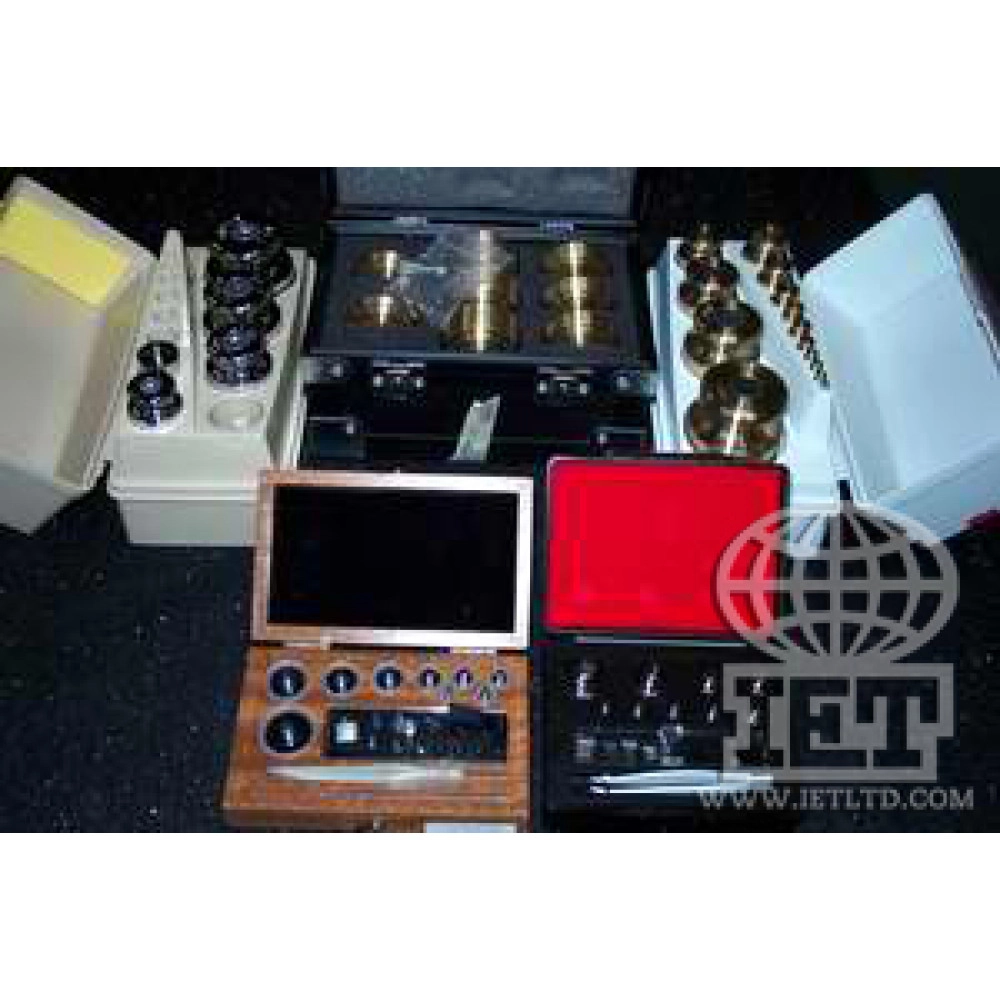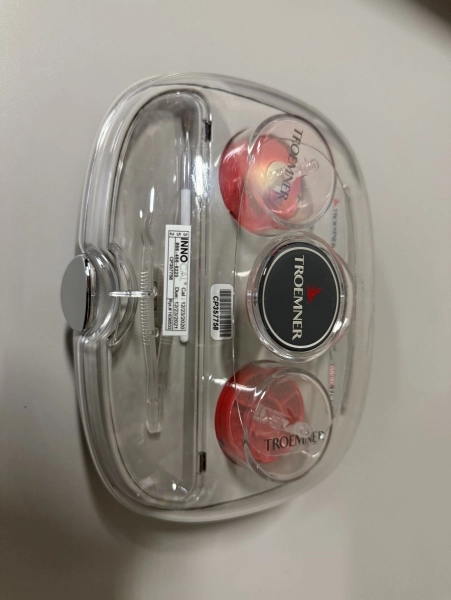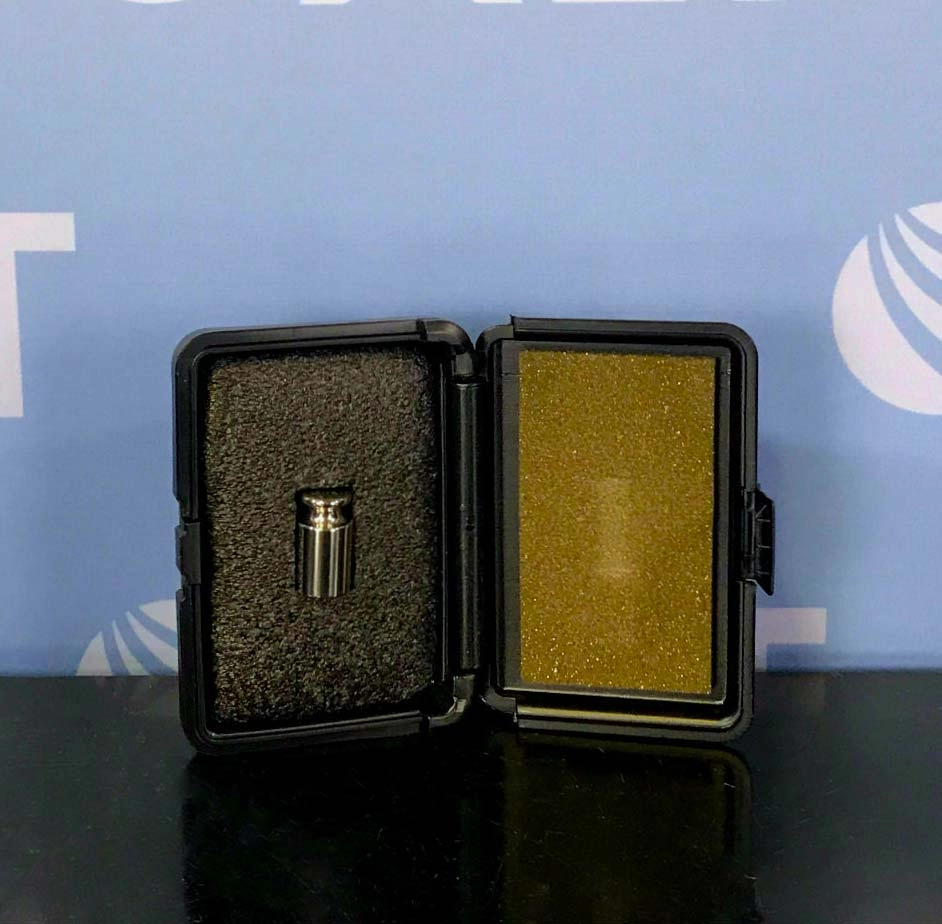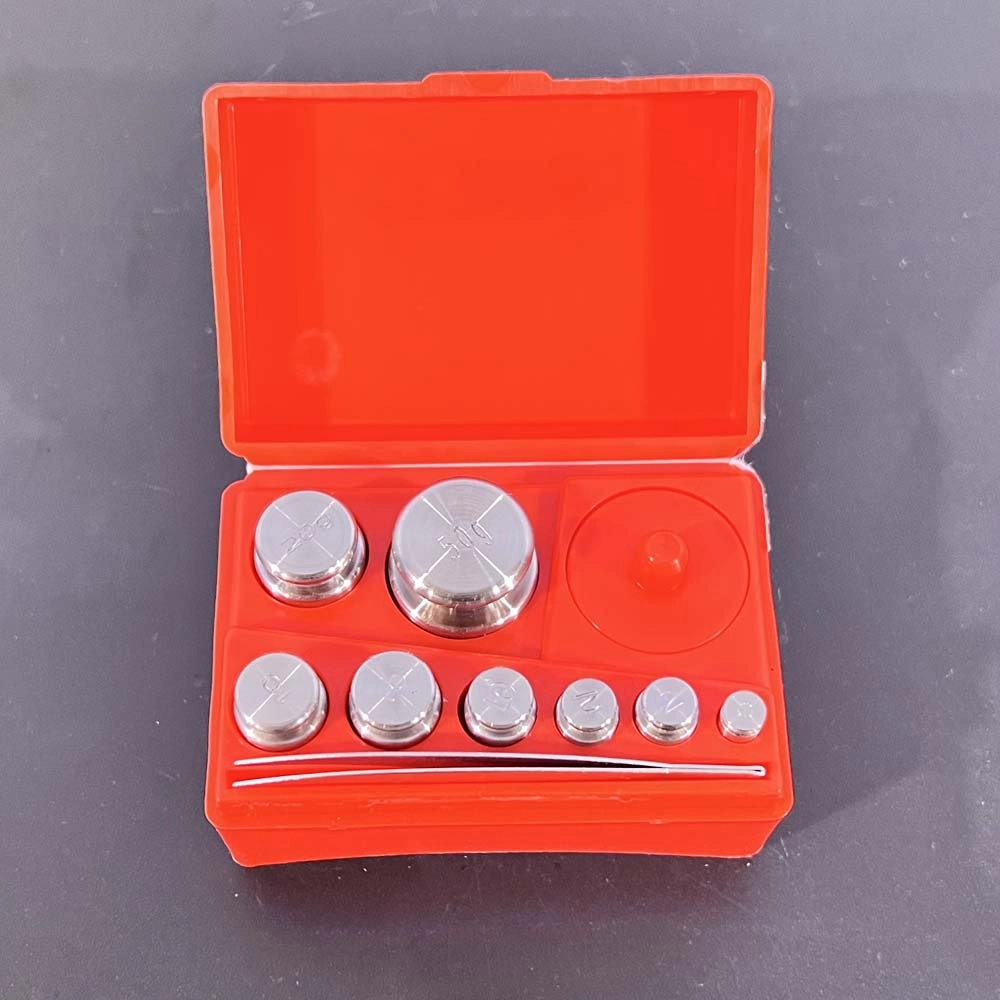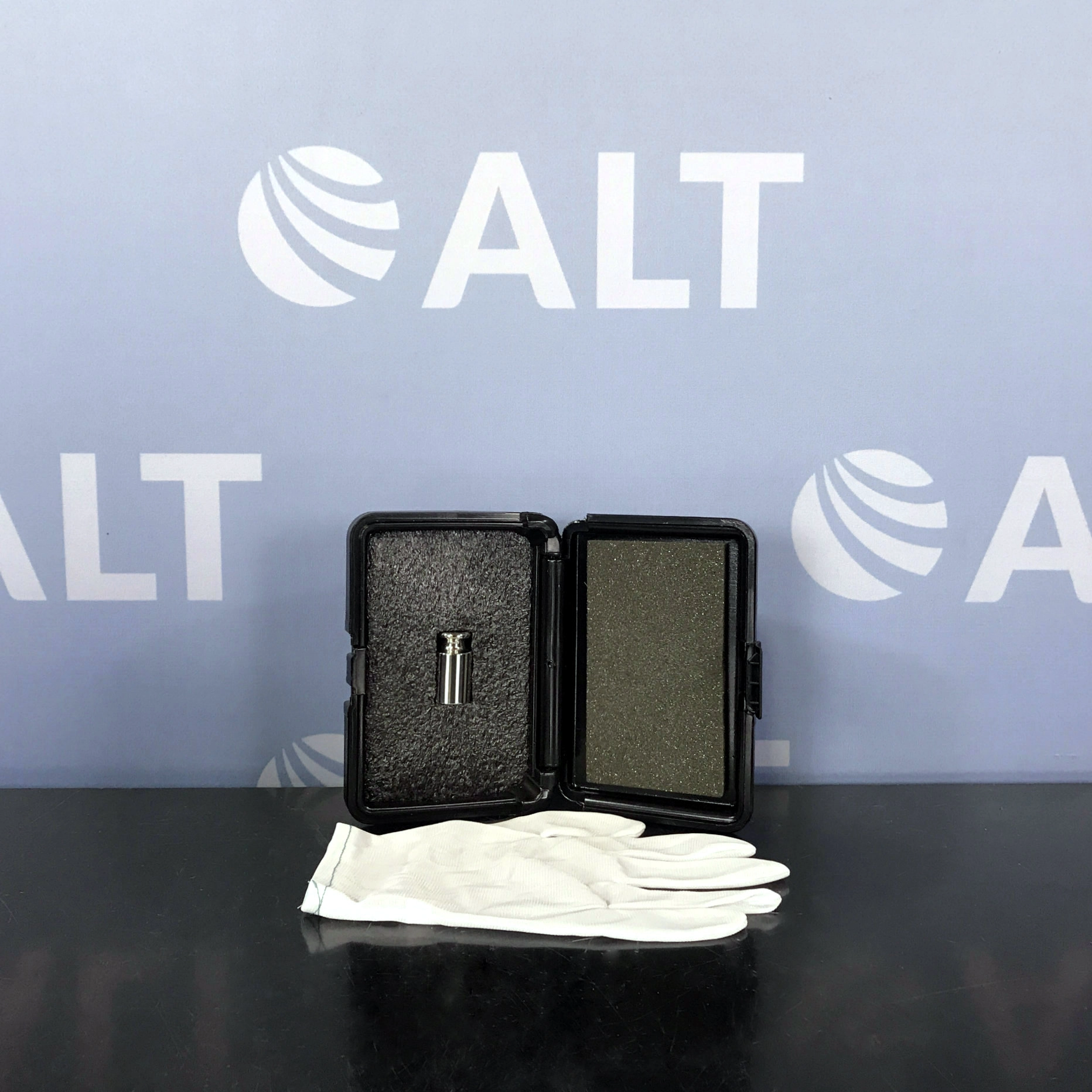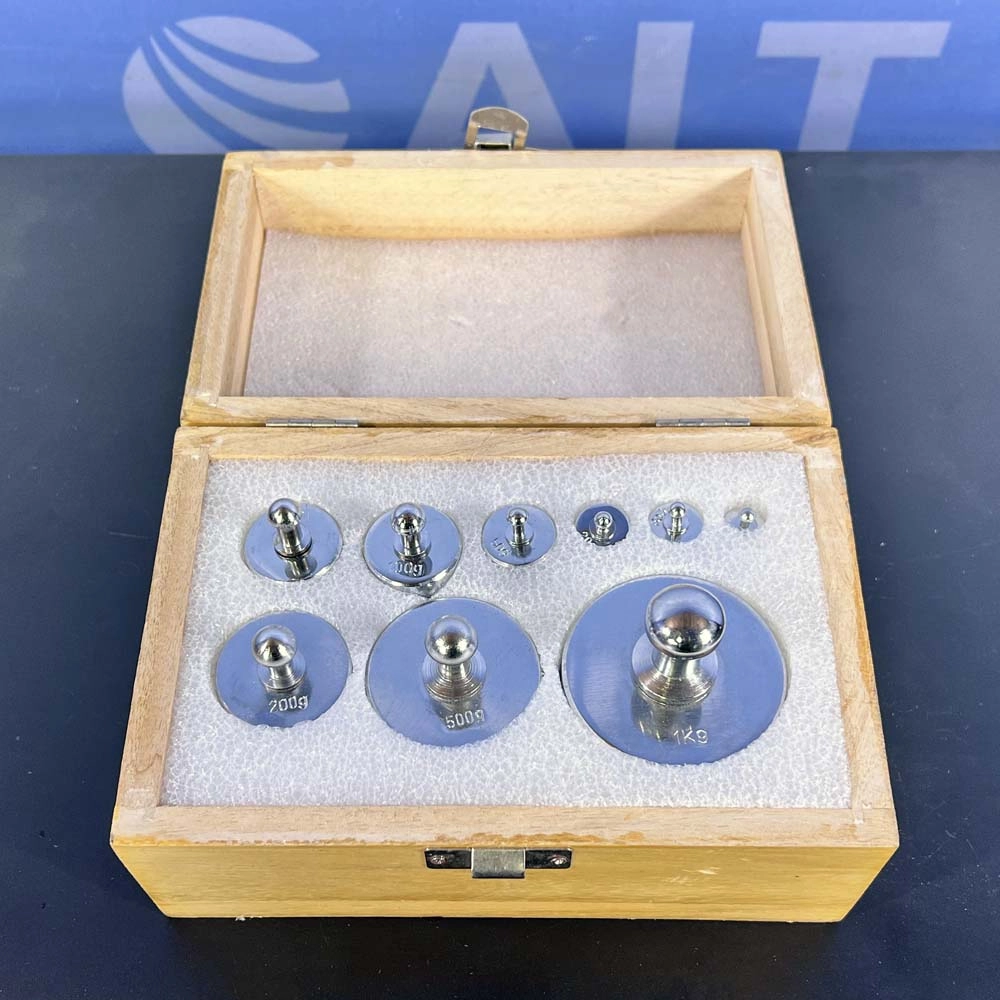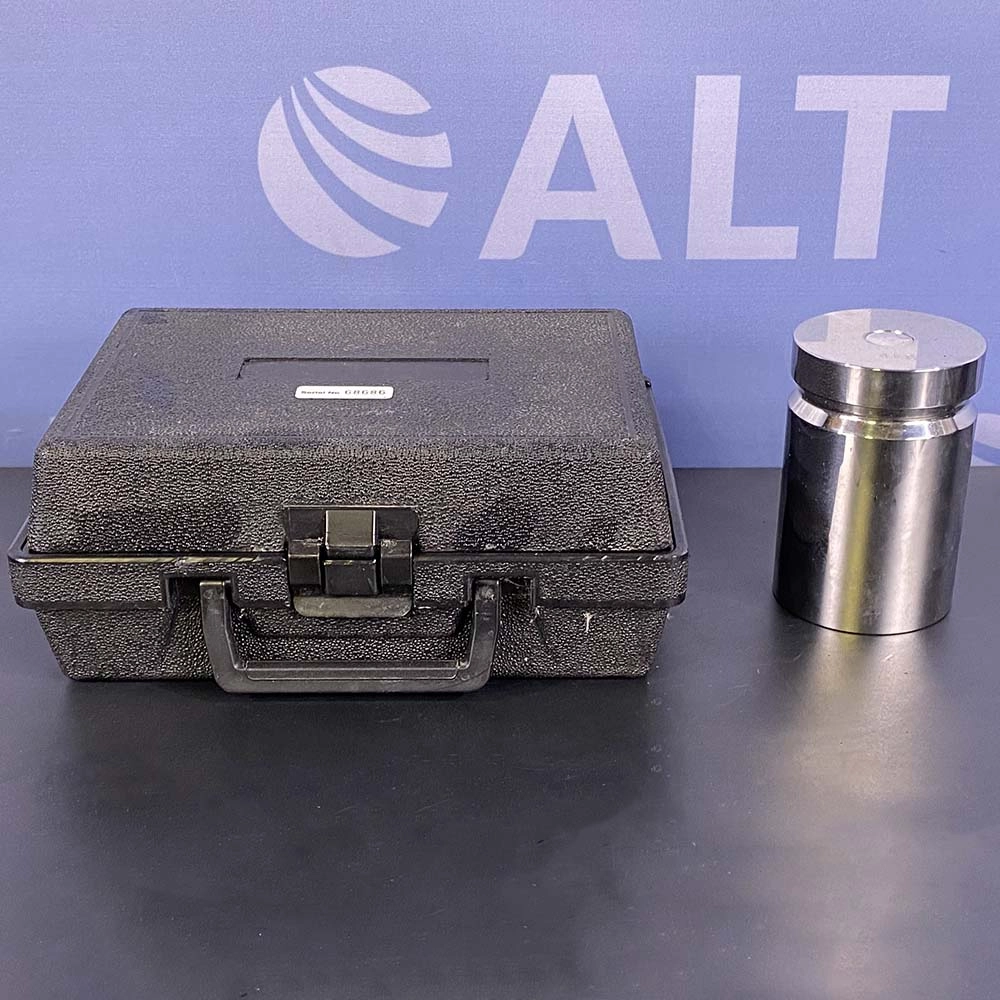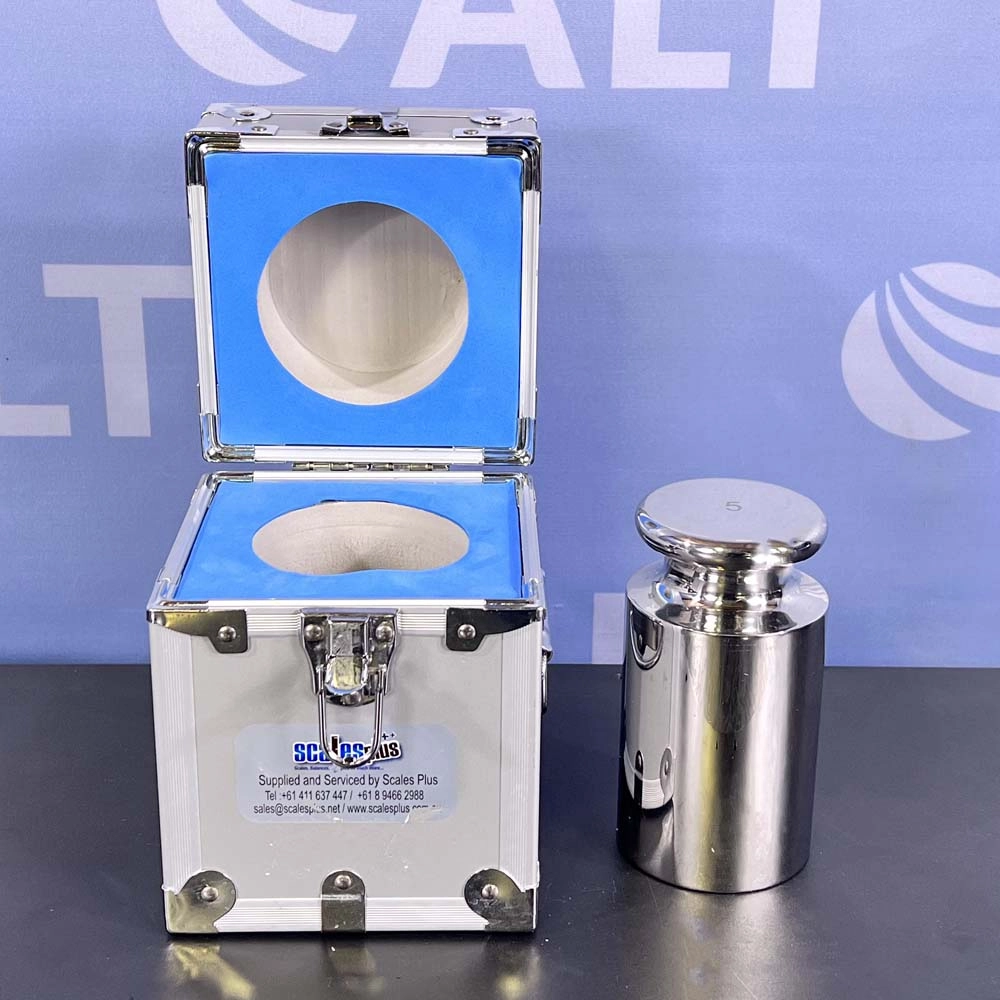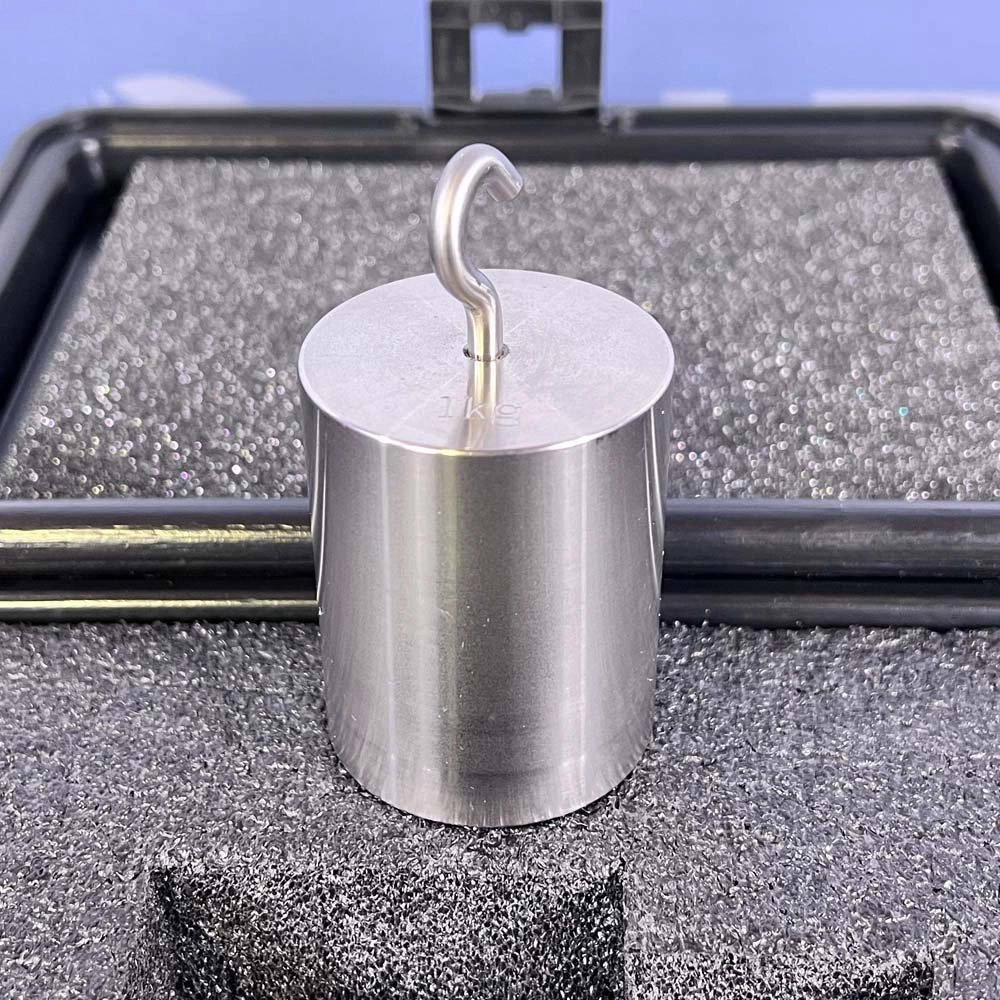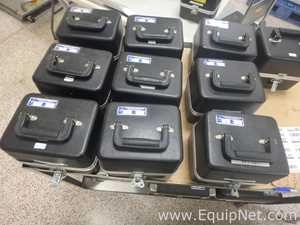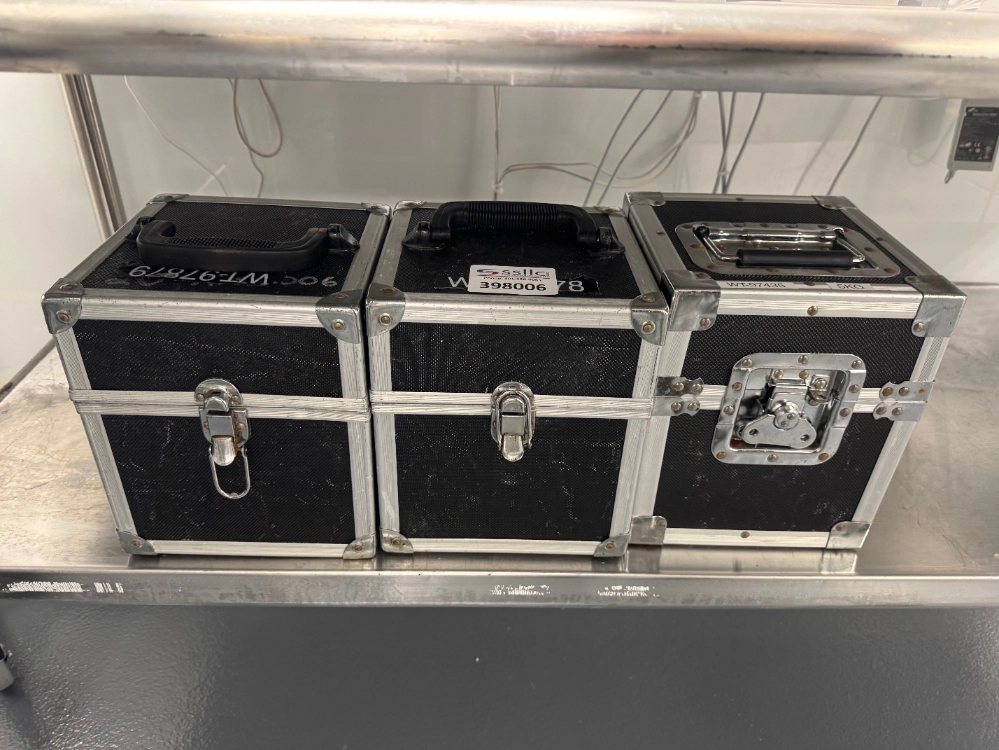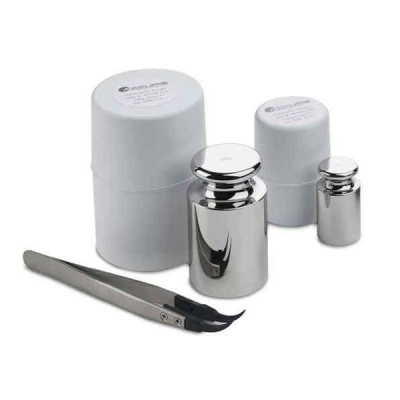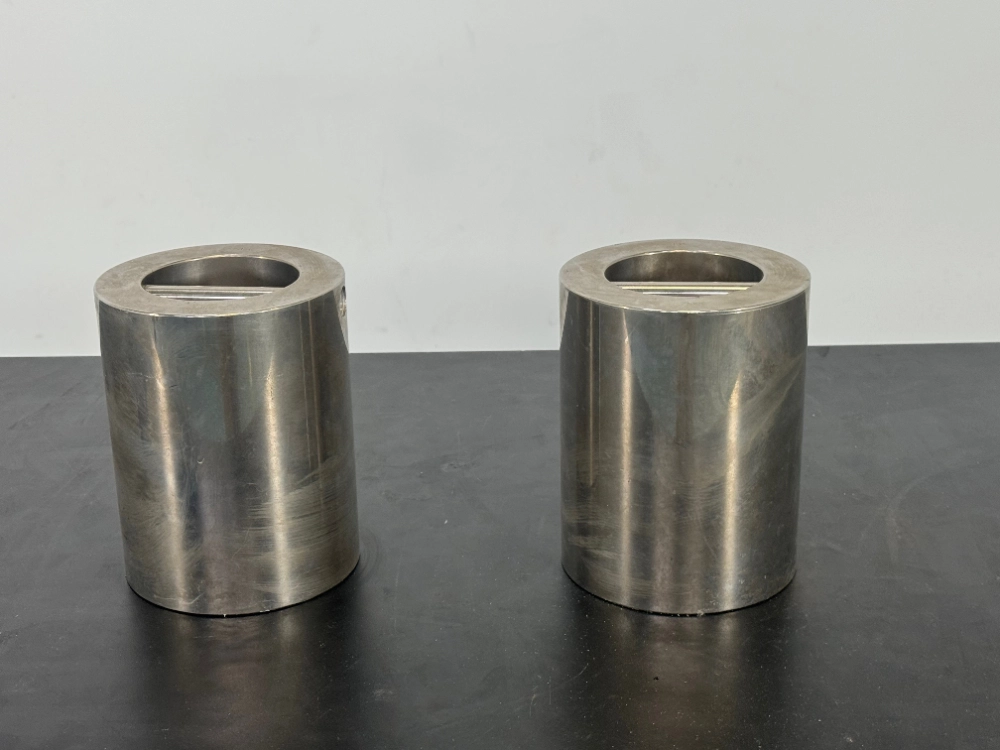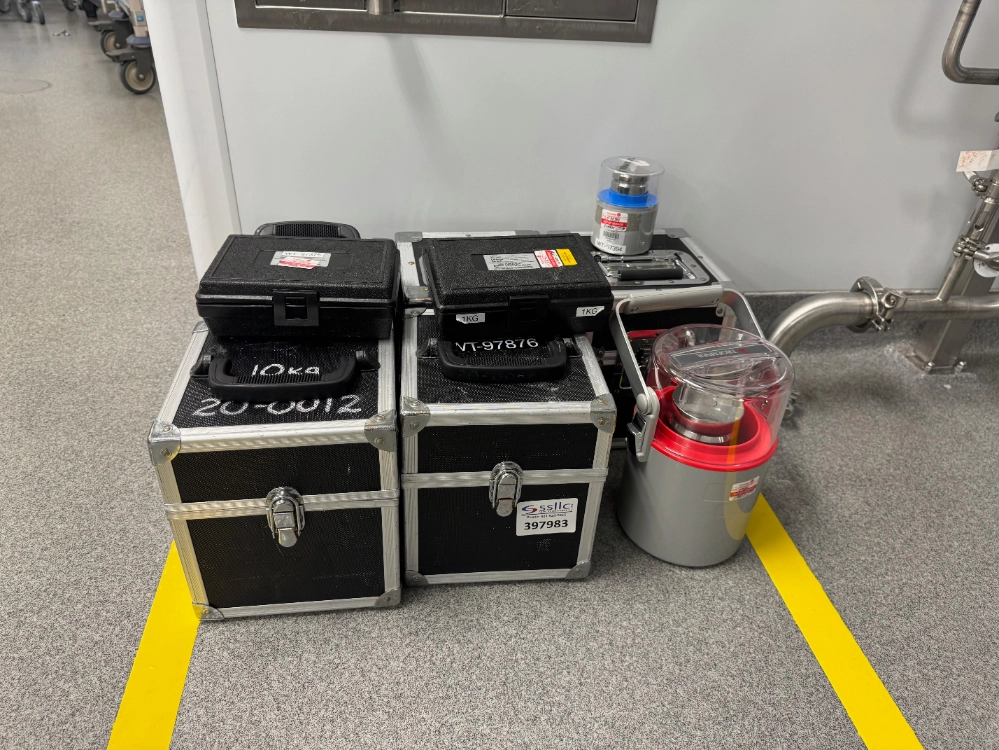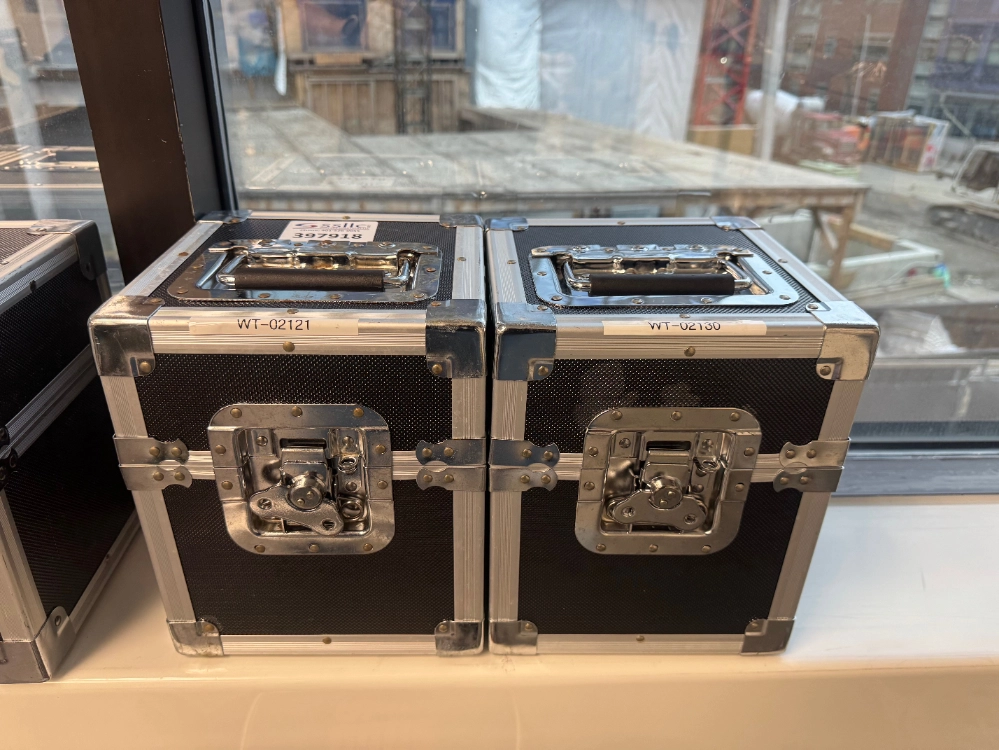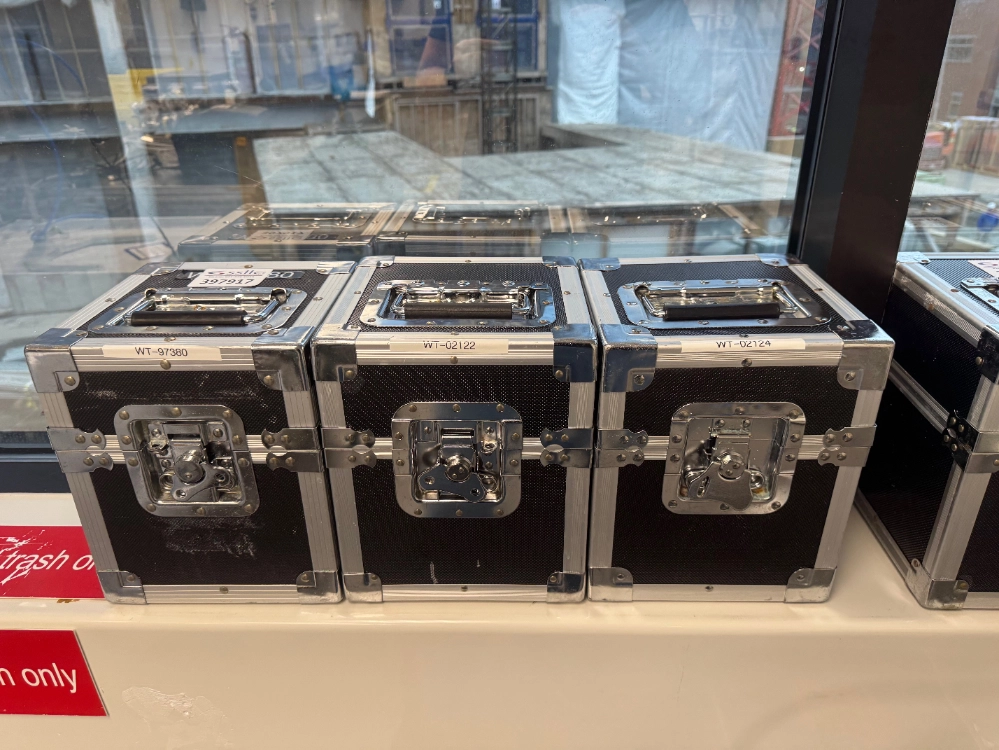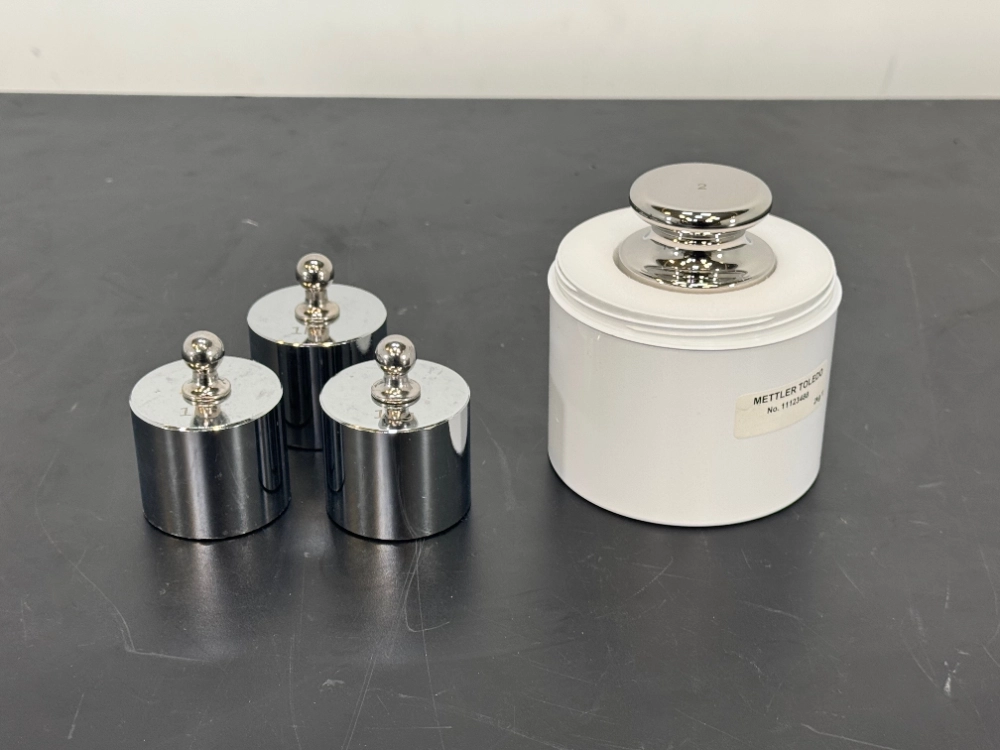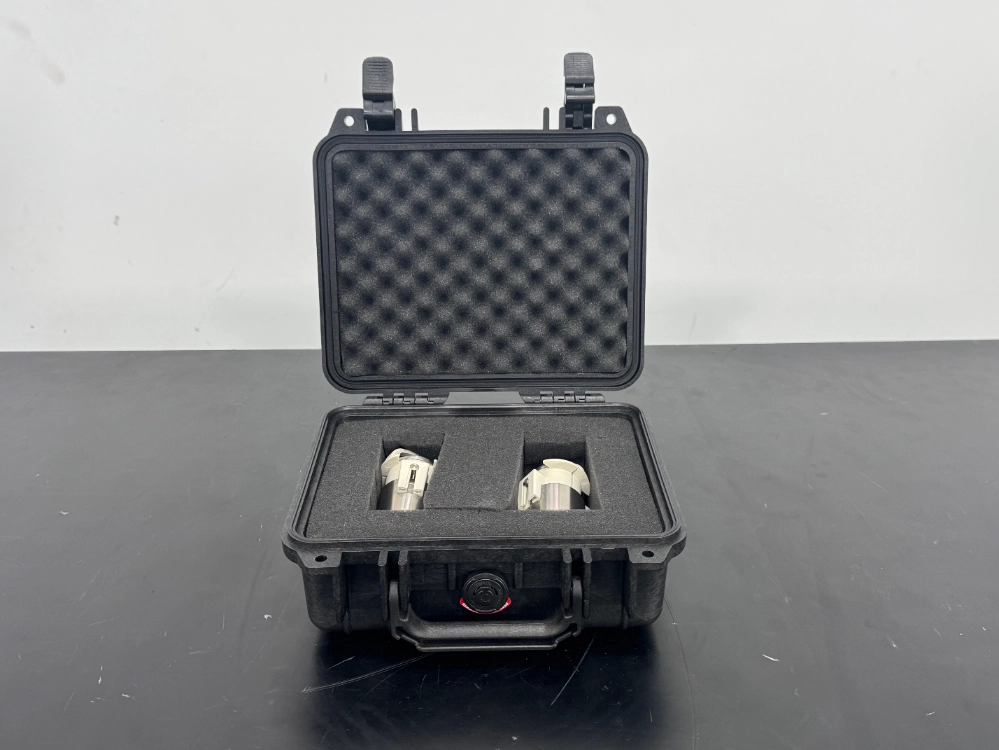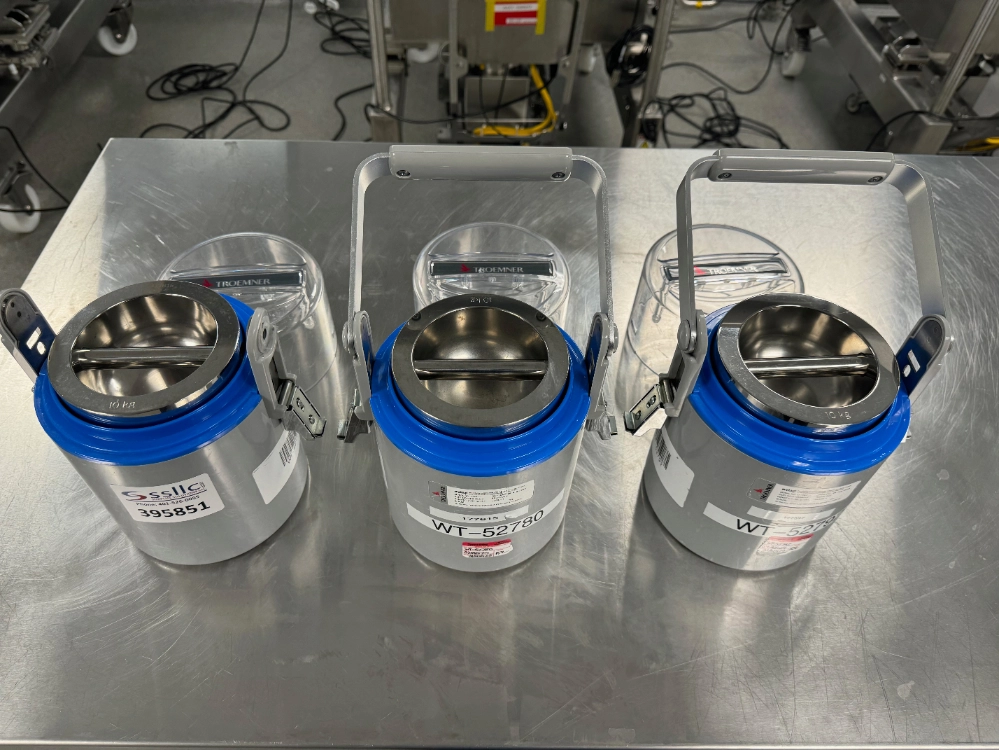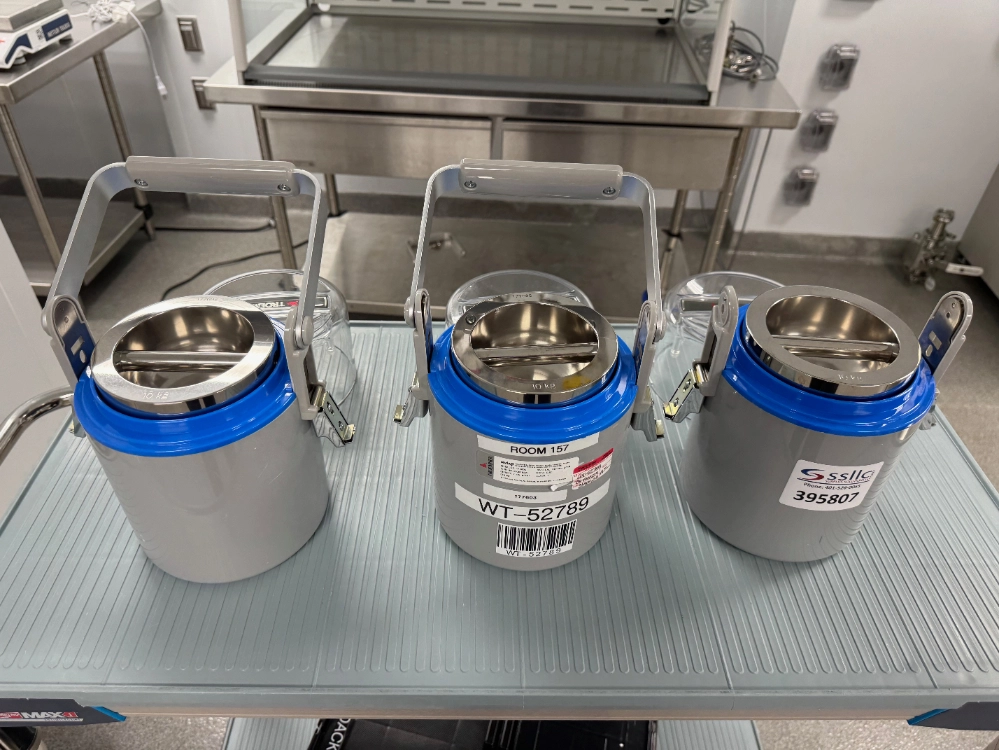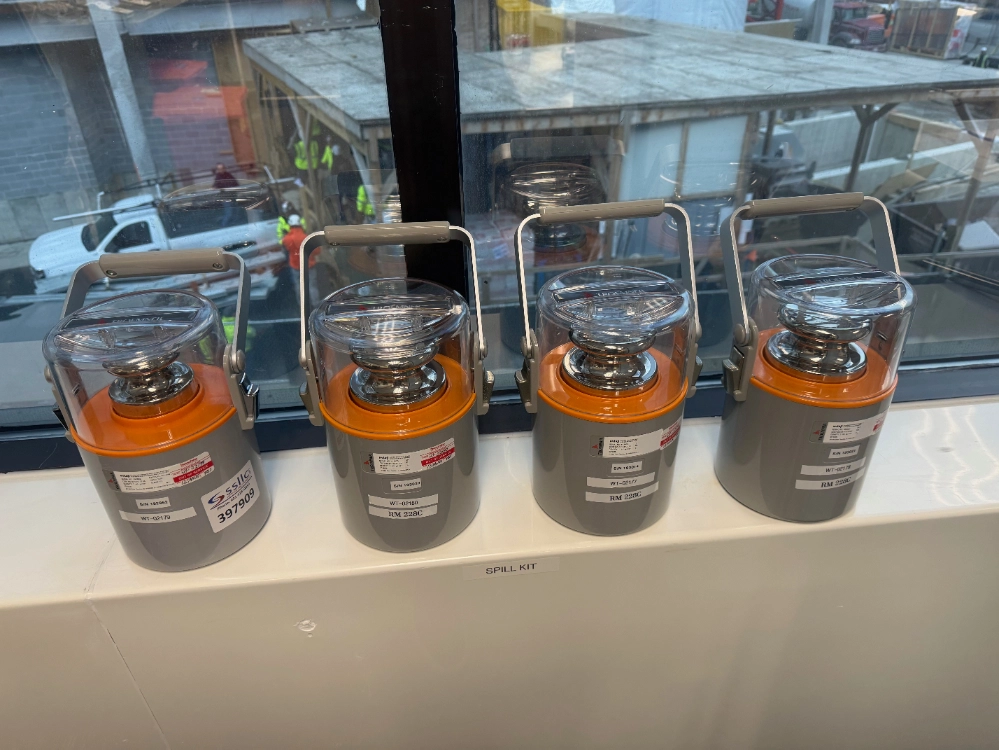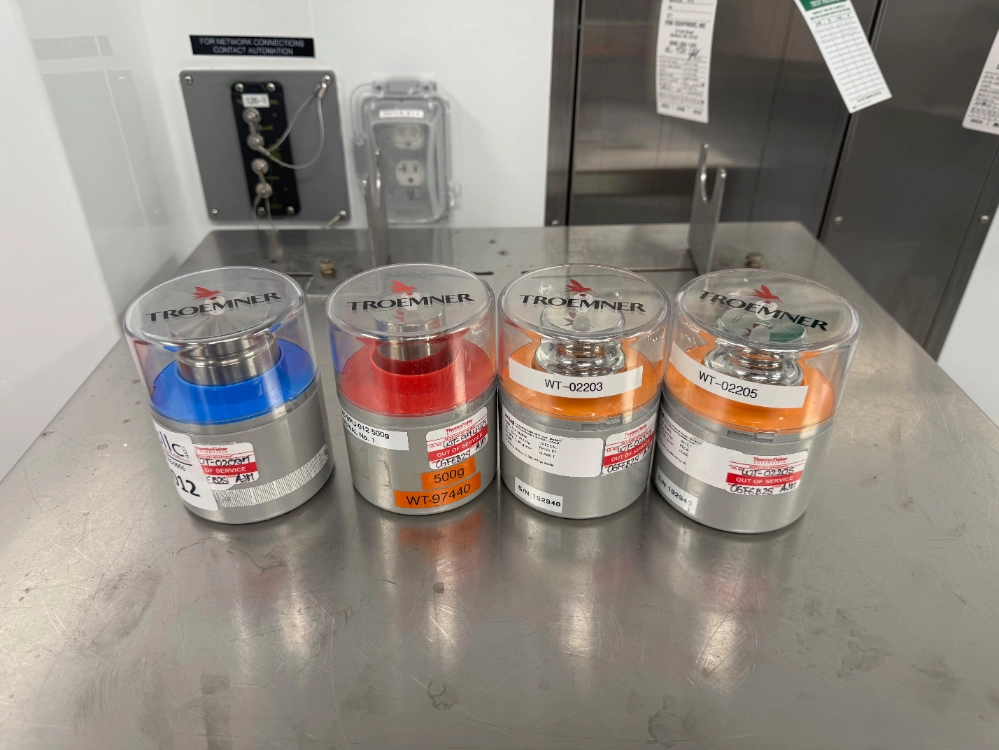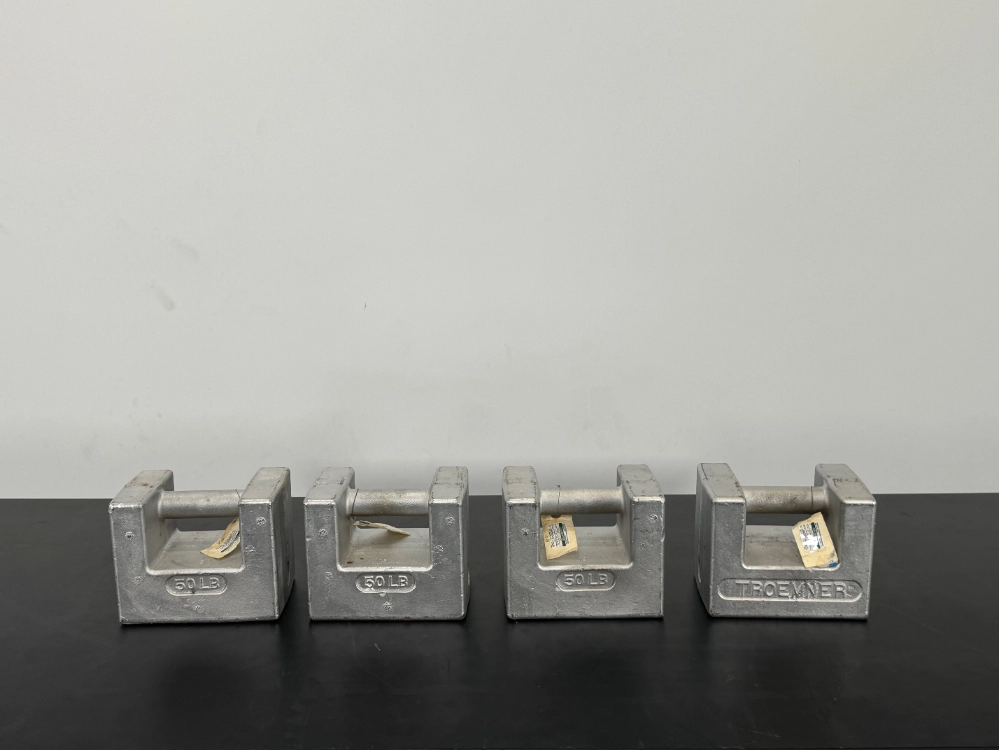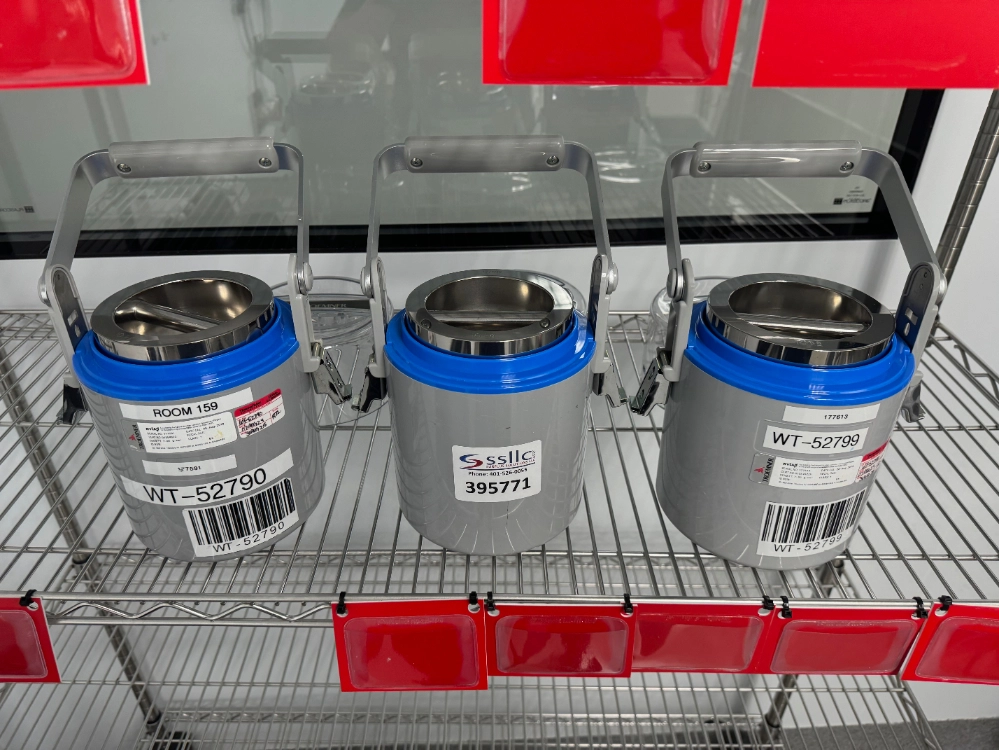Balance calibration weights are essential for ensuring the accuracy and precision of analytical and precision balances. These weights come in various classes, such as ASTM, OIML, and ANSI/ASTM E617, which denote their levels of accuracy and suitability for different calibration tasks.
Material: Typically made from high-quality stainless steel, these weights exhibit low magnetic susceptibility, high stability, and resistance to corrosion. For example, Troemner’s UltraClass weights are precision-crafted with a highly polished finish, ensuring long-term accuracy and durability.
Classes and Tolerances: Calibration weights are available in different classes, each indicating a specific level of tolerance. UltraClass weights, for instance, offer tolerances 50% greater than ANSI/ASTM E617 Class 1 standards, making them suitable for the most precise measurements.
Design: Weights below 5 kg are typically cylindrical, ensuring easy stacking and handling. Heavier weights (5 kg to 30 kg) feature a grip-handle design to facilitate manipulation. Weights from 10 g to 500 g are usually straight cylinders with an adjusting cavity at the bottom, while weights from 1 kg to 5 kg have a groove near the top for better handling.
Calibration and Adjustment: These weights include an adjusting cavity filled with the same material to maintain stability over time. This feature allows for precise adjustments during future calibrations, ensuring continued accuracy.
Protective Cases: Weights up to 5 kg are supplied in protective cases to prevent damage and contamination, which is critical for maintaining their accuracy and longevity

